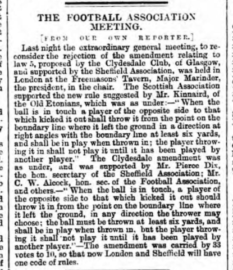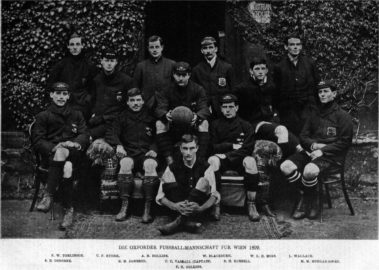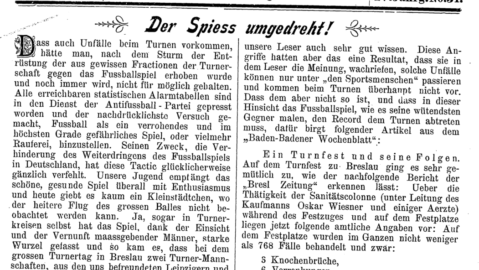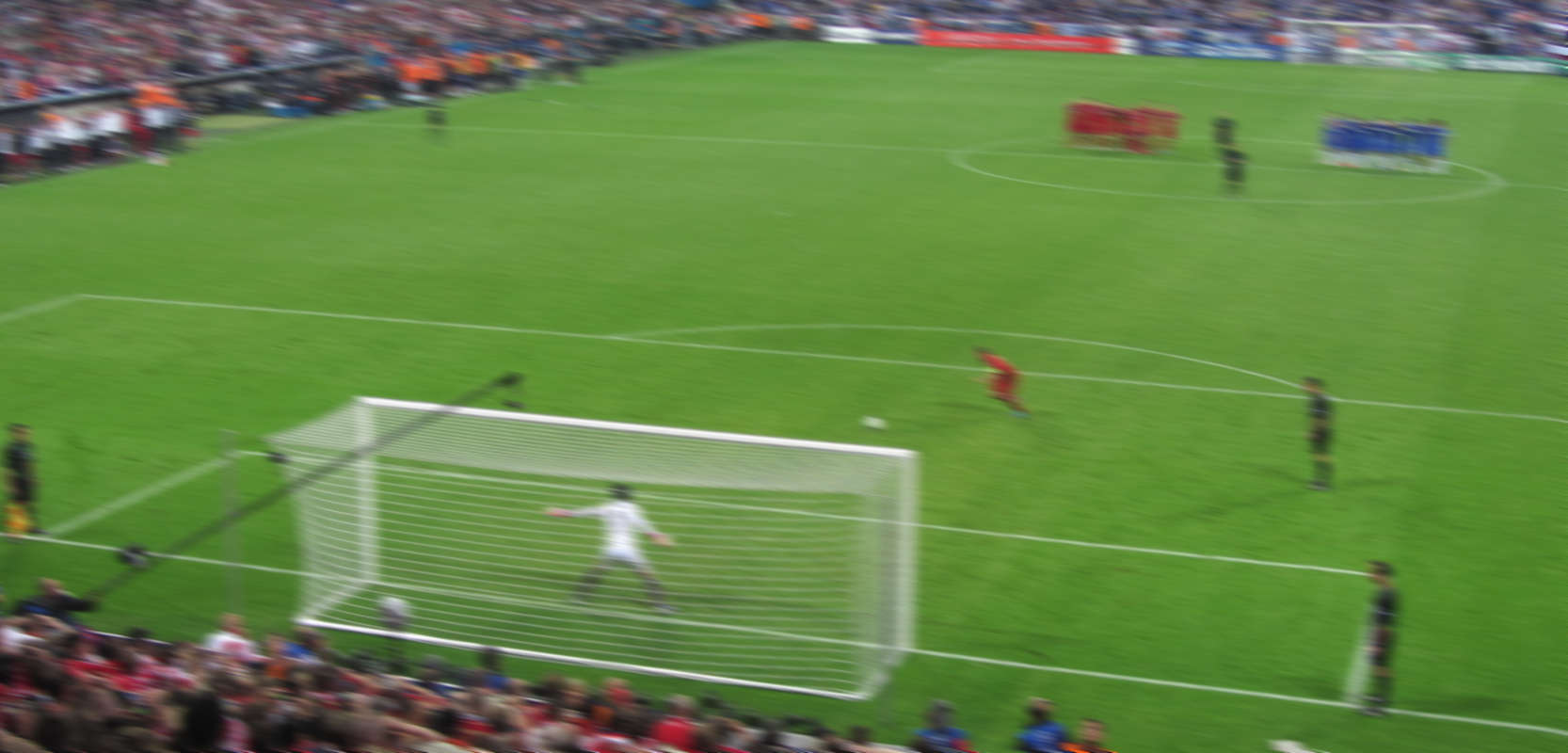Sheffield FA and London FA 1877
In 1877 the Sheffield FA adopted the FA Rules after several years of trying to find compromises. Between 1863 and 1877, there were meetings again and again, especially between John Charles Shaw and Charles William Alcock. There were attempts at rapprochement and open dissonances between the two associations on the rules for association football. A representative of Sheffield FC, from 1867 the Sheffield FA, was always present at the annual general meetings of the FA in London and also represented on the committee. But I don’t know what the relationship of Sheffield FC or FA to the London FA was like, because all members had to play according to FA Rules, which was definitely not practiced in Sheffield. (If you know it, please use the comments.) Sheffield FA and Football Association organized a game for December 2, 1871 with Sir John Charles Clegg, a game between selections of both associations to try out the rules of the other. Shaw and Alcock were the captains of the two selections. But no agreement was reached yet. But …




